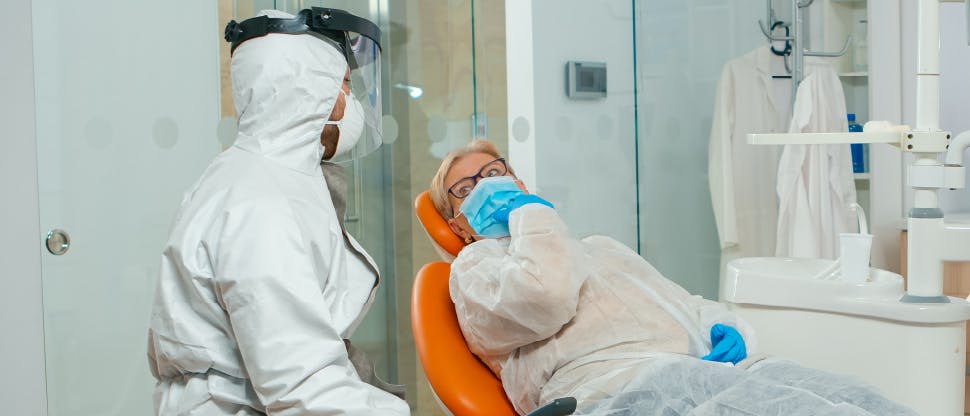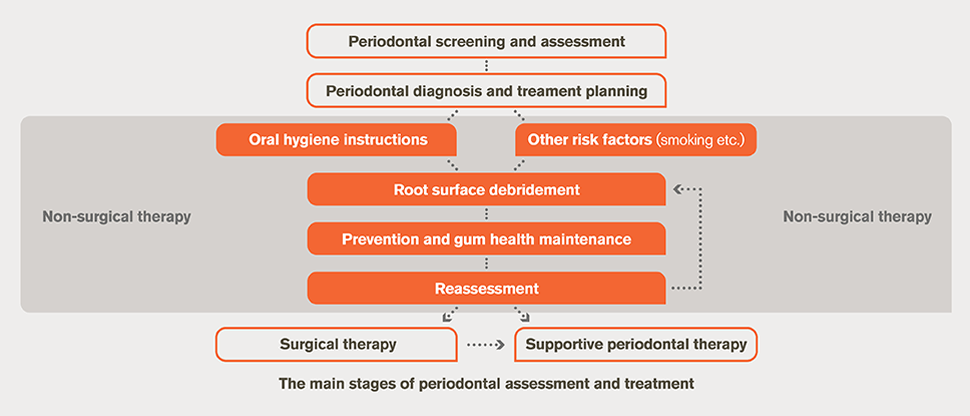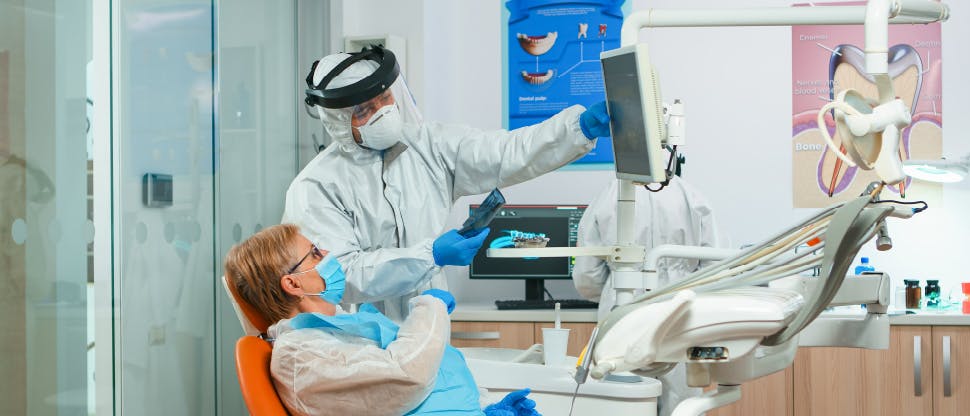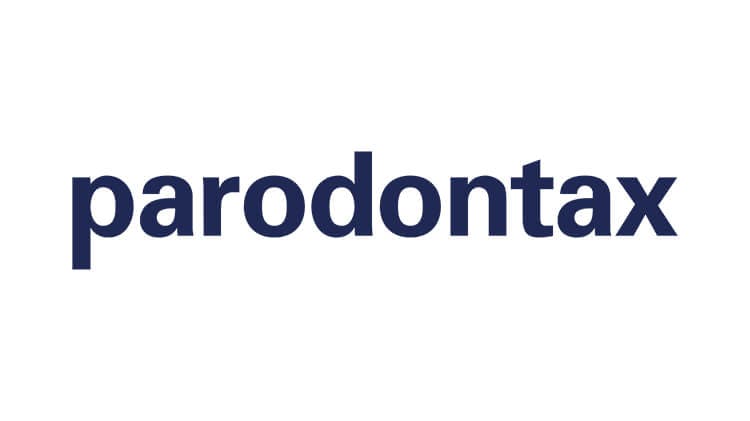Managing Gingivitis

Managing Gingivitis
Gingivitis is often caused by inadequate oral hygiene but is reversible with professional treatment and good oral home care.1

For most patients with early to moderate gum disease, non-surgical therapy is highly effective2
The therapeutic goal is to establish gingival health through elimination of plaque, calculus and plaque-retentive factors.3
Therapy should include:3
- Patient education and oral hygiene instruction
- Debridement of tooth surfaces to remove supra- and subgingival plaque and calculus
- Antimicrobial and antiplaque agents such as toothpaste and mouth rinse may be used to augment patients’ oral hygiene efforts
- In selected cases, surgical correction of gingival deformities that hinder plaque control
This can achieve:2,3
- Control of the bacteria and plaque challenge characteristic of gingivitis or periodontitis
- Resolution of local risk factors
- Minimization of the effect of systemic risk factors
- Reduction of inflammation
- Improvement in overall periodontal health
Daily Effective Plaque Removal is as Important to Your Patients' Gum Health as Tooth Scaling and Polishing2
Ensuring your patients have the right self-care regime is critical to preventing the development of gingivitis and reducing the risk of periodontitis.2

Daily Care: Prevention and Gum Health Maintenance
Regular advice for your patients’ daily care regime should include:4
- Twice-daily brushing with specialist gum health toothpaste to help control bacteria5,6
- Manual or powered toothbrush with small head, medium texture
- Daily interdental plaque control between the teeth to below the gum line
- Be aware of risk factors e.g. smoking and genetics
- Behavioral change methods for patients who struggle to keep to their daily care regime
Helping Your Patients Change Their Behavior
In addition to regular professional cleanings, preventing and managing gum disease both rely on the ability and proactivity of patients to remove plaque themselves. Maintaining gum hygiene may require patients to change their behavior in terms of brushing, interdental cleaning and other oral hygiene techniques, in addition to lifestyle changes such as stopping tobacco use and improving nutrition.4

Taking a Team Approach to Periodontal Treatment and the Role of the Hygienist
A team approach from a dentist and hygienist can be a successful formula for periodontal management. However, good communication between both professionals, as well the patient, is critical to ensure the objectives of the treatment plan are realised. A simple periodontal proforma can be used by dentists and hygienists to ensure a clear structured plan, as well as to outline how the treatment objectives will be achieved.2
| Example Periodontal Team Care Proforma2 | |
| Diagnosis | Localized gingivitis |
| General prognosis | Good prognosis (with improved oral hygiene management at home and better diet) |
| Risk factors | Often only brushes once per day and diet high in junk food |
| Oral hygiene advice | Twice-daily brushing with electric toothbrush and interdental plaque control with floss |
| Preventative advice | Reduction in junk food and twice-daily use of gum health toothpaste |
| Debridement | Full mouth subgingival debride all probing depth ≥5mm with local anaesthesia |
| Reassessment | 3 months (oral hygiene), 6 months post-root surface debridement (to repeat periodontal charting) |
